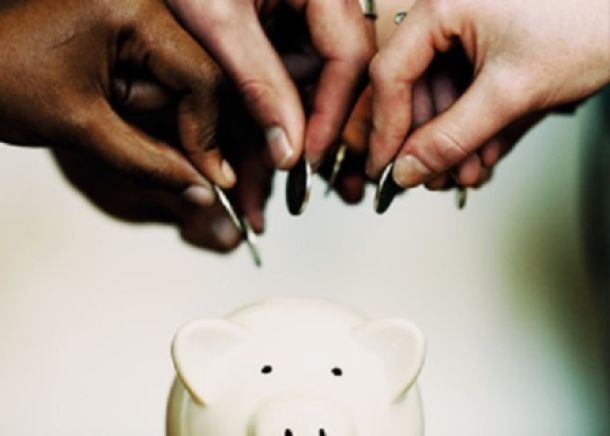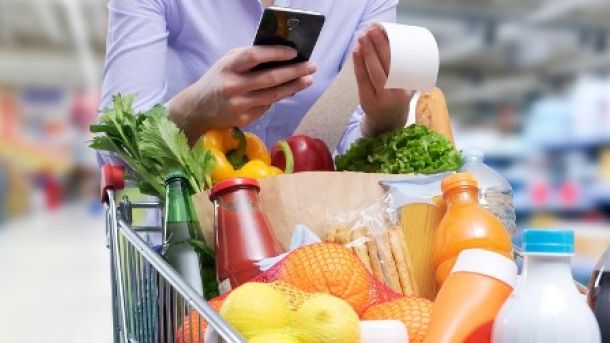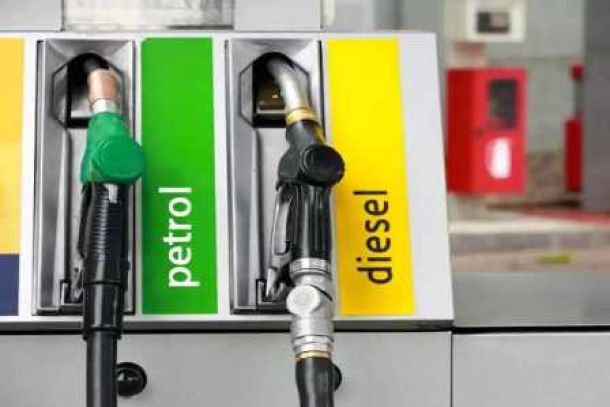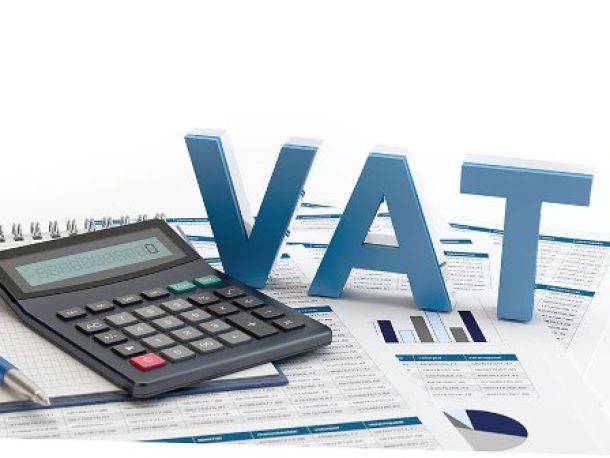SA consumers faced cocktail of weak currencies, commodity exposure and political risk
South Africa ranks at the low end of the range of the 2016 Credit Suisse Research Institute’s Emerging Consumer Survey indicators with continued disparities between income groups and a marked decline in overall consumer confidence.
Not only has the gap between high and low-income groups increased, reduced optimism in the middle-income groups was also evident.
The survey is the result of nearly 16 000 face-to-face interviews with consumers across the nine major emerging economies of Brazil, China, India, Indonesia, Mexico, Russia, Saudi Arabia, South Africa and Turkey.
With investor sentiment showing signs of improvement in emerging markets, the Credit Suisse Research Institute’s analysis suggests that nearly 100 million new households in the survey countries have found their way into middle-class territory in the last two years, says Giles Keating, vice chairman of investment solutions and products at Credit Suisse.
He says the survey also found that the rise of the emerging consumer is defined as much by age as nationality.
“In nearly every survey country, the income prospects of the youngest age brackets are the most optimistic. When looking at how this young dollar is spent, a lifestyle theme emerges and specifically one of a growing healthy lifestyle.
“These signs of improvement come after a torrid 2015 for investors in the region, and the barometers of consumer confidence reflect this. The percentage of respondents who now consider it a good time to make a major purchase has fallen by 10% against a year ago.”
The weakest countries (Brazil, Russia and South Africa) shared a difficult economic cocktail of weak currencies, commodity exposure and political risk in 2015.
The South African story
According to Pieter Vorster, a director of Credit Suisse, the South African consumer is faced with multiple challenges.
“Only 4% of respondents expected their personal finances to improve over the next six months, considerably lower than the 11% last year and well below the survey average of 16%,” he says.
The survey also found that:
65% of respondents expected higher inflation, compared with the survey average of 46%.
Only 1.5% of consumers anticipating increased income over the next 12 months.
Most customers still did not believe that now was a good time to make a major purchase, although sentiment was less negative than last year.
Those who stated that they had no extra money for saving declined from 38% to 30%, putting South Africa below the survey average of 32%.
There remain large disparities between low and high-income earners, and these increased further in 2015. At the high end (R30 000+ per month), 31% of respondents expected the state of their personal finances to improve over the next six months, compared to the 33% the year before. However, there was a marked deterioration in optimism in the low-income group (monthly incomes below R3 000), with 16% anticipating that the state of their personal finances would deteriorate, compared with 6% the year before.
In the previous survey, Internet access and smartphone expenditure topped category momentum. This year has seen spirits registering the highest number of consumers who reported increased spending, closely followed by beer. Looking at penetration rates, spirits stand out as a category with long-term growth potential, with a current penetration level of only 28%. A standout observation is a continued low and deteriorating propensity to devote money to education, with only 12% of respondents reporting spending in this area.
“South African consumers face multiple challenges in 2016, with higher inflation due to severe drought conditions and a weak currency, as well as likely interest rate increases. The prospect of job cuts in the mining industry looms large, and will likely place further pressure on low-income households in particular, who are also expected to bear the brunt of drought-related food price increases. Likely interest rate increases this year and, combined with currency weakness, constrain purchases of higher-end, often imported products,” says Vorster.
News Category
- International retailers
- On the move
- Awards and achievements
- Legislation
- Wine and liquor
- Africa
- Going green
- Supplier news
- Research tools
- Retailer trading results
- Supply chain
- Innovation and technology
- Economic factors
- Crime and security
- Store Openings
- Marketing and Promotions
- Social Responsibility
- Brand Press Office
Related Articles

Empowering South African households through gro...

SPAR shares practical tips to beat food inflation

South African motorists could be paying up to R...

Big VAT changes on the cards


